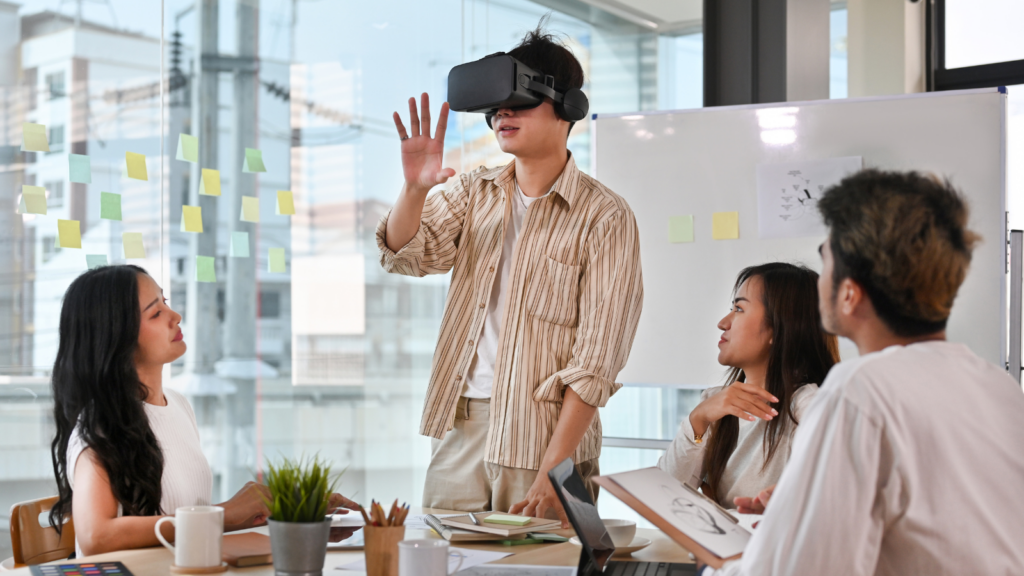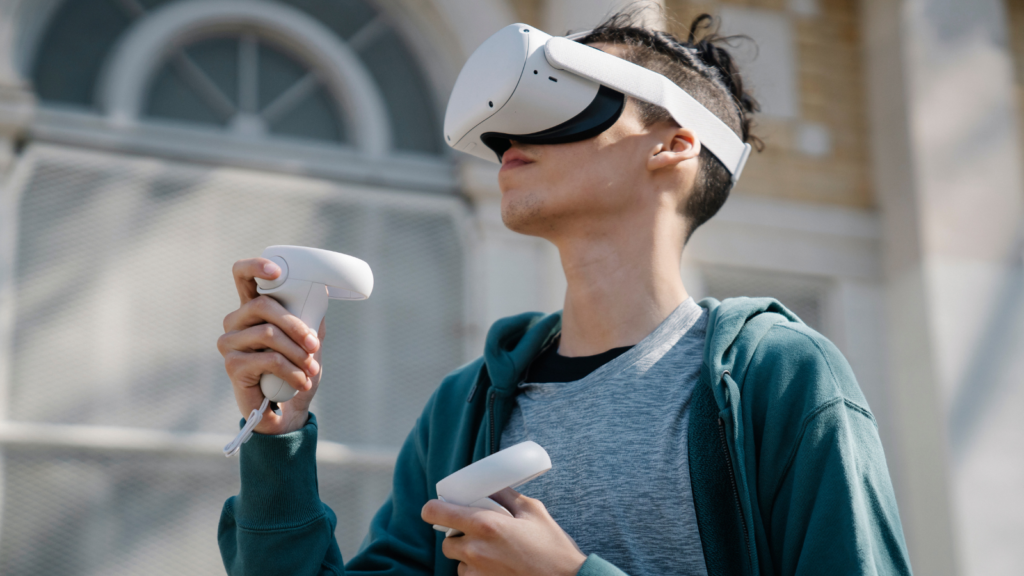Immersing oneself in a virtual world, battling mythical creatures or simulating real-world scenarios, it’s all in a day’s work for gaming and simulation developers. This exciting field is a blend of creativity, technical prowess, and a dash of magic, bringing to life experiences that captivate millions worldwide.
As technology advances, so does the complexity and potential of gaming and simulation development. From the early days of 8-bit games to the current era of Virtual Reality and Artificial Intelligence, the industry has seen a colossal shift. So, what’s the magic behind these alluring virtual worlds? Stay tuned as we delve into the fascinating world of gaming and simulation development.
Gaming and Simulation Development
Picking up from the discussion about the fascinating world and magic of gaming and simulation development, it’s time to delve deeper into the specifics of this domain. Emphasizing on achieving realistic simulations and key concepts in game design, this section sheds light on what makes a game immersive and engaging.
Key Concepts in Game Design

In the province of game design, several concepts play instrumental roles. Primarily, game mechanics, essentially the rules and procedures that guide the player and the game response, serve as the backbone. Secondly, the narrative or storyline imparts depth and purpose to the gameplay, providing a direction to the player.
For instance, in Minecraft, the player mines and builds structures, guided by game mechanics and a simple narrative. Additionally, the aesthetics, encompassing visuals, sound, and overall game environment, significantly impact player engagement.
Importance of Realistic Simulations
Investing in realistic simulations isn’t merely a fad. It’s a necessity in modern gaming. The greater the degree of realism, the more immersive the experience. Realistic simulations don’t just replicate the physical attributes of the real world, but mimic its rules, behaviors, and consequences as well. For instance, in the popular simulation game The Sims, not only are the characters and settings life-like, but the characters also age, require sustenance, face career challenges, and so much more, mirroring real life.
Trends in Gaming and Simulation Development
Industry trends reveal patterns, show progression, and offer forecasts for the gaming and simulation development landscape. Given the previous discussion on concepts, tools, and process in game creation, these trends underscore the continuous evolution in technology and approach adopted by game developers.
Virtual Reality and Augmented Reality Enhancements

Virtual Reality (VR) and Augmented Reality (AR) are transforming the gaming and simulation industry, enabling further immersive, interactive experiences that blur the lines between the real and virtual worlds. VR offers full immersion, with digital replicas of environments and scenarios.
For instance, flight simulators, surgical simulations, or virtual tours of historical landmarks, delivering unique experiential learning. On the other hand, AR overlays digital information onto the real world, as seen in games like Pokémon Go or IKEA’s furniture placing app, enhancing everyday experiences with gamified elements.
The Rise of AI in Game Development
Artificial Intelligence (AI) is another emerging trend in the realm of gaming and simulation development, becoming an integral part of creating more dynamic, adaptive, and immersive gaming experiences. Traditionally, games relied on predetermined rules for non-playable character (NPC) behavior. However, with advances in Machine Learning (ML) and Neural Networks, games can now feature NPCs that learn, adapt and respond to player behavior in real-time.

For example, the AI in the game F.E.A.R., uses a technique called Goal Oriented Action Planning (GOAP) to provide adaptive behavior in NPCs. NPCs can assess the environment, set goals, and develop strategies, making each game session unique and challenging.
The implementation and integration of AI positively affect both the game development process and the resulting player experience. It’s contributing to the rise of intelligent, responsive games and simulations, indicating a strong, future-focused trend in the industry.
Blend of Creativity and Technical Prowess
The realm of gaming and simulation development is ever-evolving, with technology and creativity at its core. It’s clear that tools like game engines and advanced simulation technologies are critical in this field. The rise of VR and AR has revolutionized immersive experiences, while AI is transforming the way games are developed and played. Procedural content generation and enhanced player experiences are just a few examples of what AI brings to the table.

